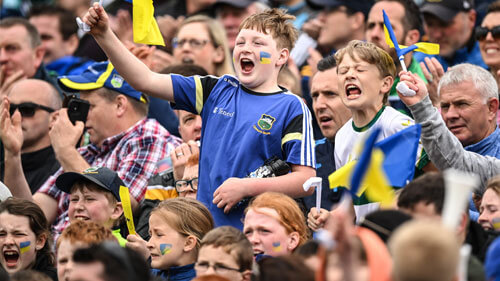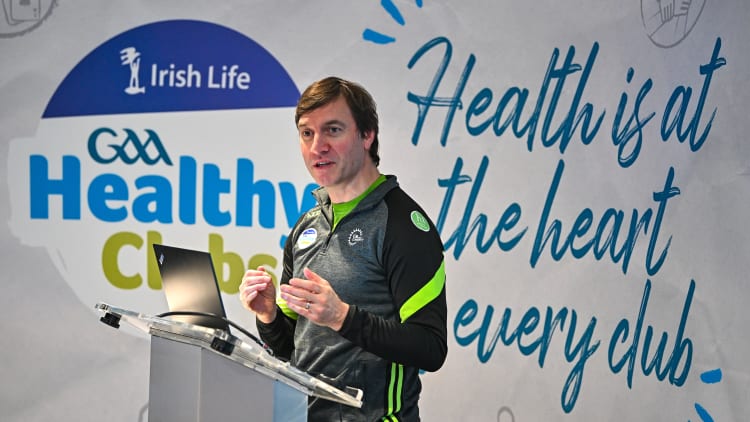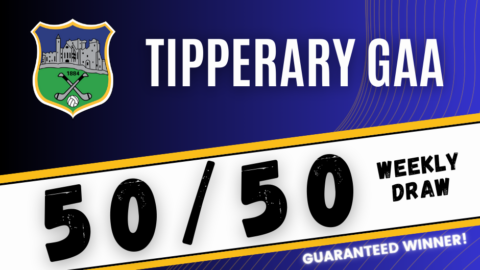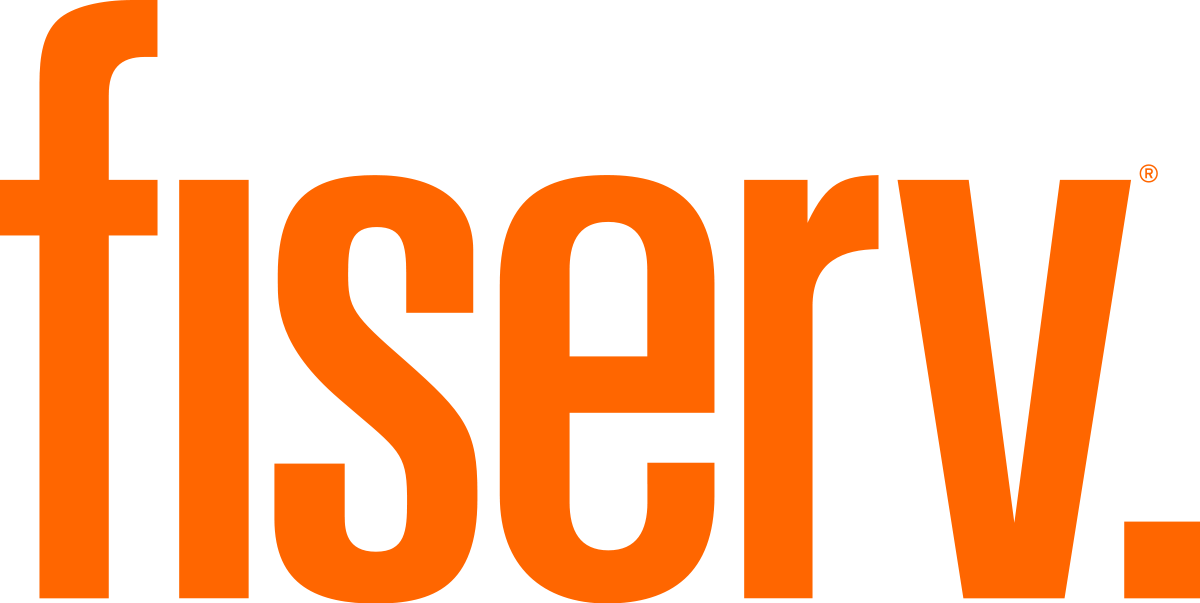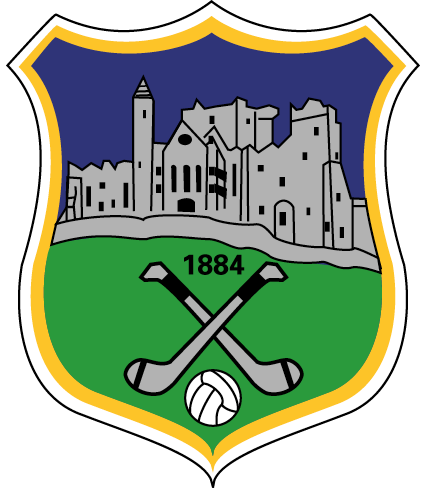Irish Life GAA Healthy Club Programme a force for good in our communities
By John Harrington
GAA founder, Michael Cusack, wrote of the Association in its formative years that it “swept through the country like a prairie fire”.
Were he around today, you’d imagine he’d pen something similar about the Irish Life GAA Healthy Club Programme which has become a huge driver of physical activity, mental health, preventative health, and social inclusion in GAA clubs over the last 11 years.
The initial pilot of 16 clubs in 2013 has now grown to 447 in 2023 with another 150 to 200 clubs expected to join up in 2024.
An independent Social Return on Investment (SROI) evaluation has found that the Irish Life GAA Healthy Club Programme is delivering health and wellbeing benefits worth €50M to Ireland, but just as significant has been its health and social impact.
GAA Community & Health manager, Colin Regan, has driven the Irish Life GAA Healthy Club Programme forward since its inception in 2013.
He takes great satisfaction from how it has given full expression to the GAA’s Manifesto, ‘Where We All Belong’, and hopes it can continue to go from strength to strength in the coming years.
GAA.ie: Colin, you must be delighted with the SROI evaluation that captured the hugely positive impact of the Irish Life GAA Healthy Club Programme?
Colin Regan: We’re thrilled. The biggest thing for me is that you always hear about the contribution the GAA makes to Irish society and now we’re finally able to put a metric around an element of that, the Healthy Club Project. The researcher, Eilís Lawlor, does stress that it is only one element of the GAA and that it would be fascinating to see what a valuation of the broader financial and social return on the investment by the GAA in Irish society would look like.
For us to be able to quantify the contribution that the volunteers make is huge. I suppose then the other big plus from our side is that while the volunteers are putting in hours and hours at a time as GAA volunteers do right across the Association, we can now also point to the fact that they are making personal gains from that contribution as well as giving so much to their own local communities as well.

GAA.ie: There are many strands to the SROI evaluation, but two very obvious areas that the Irish Life GAA Healthy Club Programme is positively impacting are social inclusivity and physical health…
CR: A lot of the research now is focusing in on the importance of the number of connections, social cohesion, the network of friends, the people that we can turn to in times of need. And the GAA is now proving that it’s delivering on that in spades. I don’t think that will come as a surprise to anybody.
If we look back to the recent past and the pandemic when Ireland was at a period of unprecedented need and forced social disconnection, it was the GAA who stepped up first and foremost to try to fill that gap at community level, particularly for those forced to self-isolate.
I remember Professor Roseanne Kenny, who is the lead on the TILDA Project, the longitudinal study of ageing in Trinty, when she heard that there were 20,000 GAA volunteers delivering essential groceries and medication to almost 35,000 people on the island of Ireland, she said that while that was incredible, she reckoned the social contact they were providing was just as important if not more important.
It’s important we don’t underestimate the value of that in this report as well.
GAA.ie: Inclusivity seems to be very much a part of the ethos of the Irish Life GAA Healthy Club Programme…since its inception there has been a 50-50 gender balance of females and males…
CR: The programme has always been made available across the three sister associations. It has actually acted as a phenomenal gateway for really strong female leaders and female voices coming in and guiding us in terms of the evolution of the programme.
And then, also, in their own clubs, that the people can see these strong female leaders delivering something authentic and meaningful for their community and their members.
We have seen that it has provided a pathway into other volunteering opportunities in the club. We had a lot of anecdotal evidence of that and now, again, that has been picked up strongly in this report.
Also, the fact that we have a 50-50 gender participation in the Healthy Club Project is also relevant in terms of the journey of integration that we are on with the LGFA and Camogie and bodes very well for the Healthy Club Programme in terms of helping to pave the way for that.

GAA.ie: Is it fair to say the Healthy Club Programme has led to a democracy of ideas in so far as many individual clubs have come up with great initiatives that have then been promoted by the GAA at a central level?
CR: Very much so. This is the third independent piece of research that has been conducted on the Healthy Club Project. Waterford IT’s Centre for Health Behaviour Research under Dr. Aoife Lane also identified the strength of that top down, bottom-up structure.
Just a couple of examples that have taken off from the initiative of the club would the likes of smoke-free clubs. That was St. John’s Volunteers in Wexford way back in Phase 1 who had this idea because the HSE’s Smoking Cessation Officer was part of their Healthy Project team. We now have over 350 clubs that are smoke-free as a result of their involvement in the Healthy Club programme.
Raheny GAA club would have been the first to establish what is now known as the All-Stars Inclusive Club Programme (GAA coaching for children with additional needs). They came up with the name and the concept and at the time they weren’t even in the Healthy Club programme but they are now and we promoted their concept so that now clubs right across the country have been taking it up and running with it.
We’ve seen lots of other examples of similar things where clubs have taken the lead and then others have followed. Even going back to the pandemic I think a lot of the first clubs that put in place those initiatives to help the most vulnerable in their community were Healthy Clubs. That inspired other clubs to do the same and there was a real chain reaction.
At our Healthy Club Conferences and in our Webinars our model has always been to take good practice from grassroots level, from clubs, and showcase and shout about them. Because when one club sees what another club can do rather than us telling them this is a good idea, they’re much more likely to follow suit.
Clubs have been incredibly magnanimous. Clubs are based around a very healthy rivalry and team training and preparation is often guarded like the secrets of Fatima, but in the Healthy Club Programme we see a great sharing of ideas and a collective effort that if something works in one club that other clubs are aware of that and will hopefully be inspired.
GAA.ie: It’s hugely impressive that the SROI report found that the Irish Life GAA Healthy Club Programme delivers health and wellbeing benefits worth €50M to Ireland…
CR: The €50M contribution to Irish society is remarkable. It’s also important for us to be able to highlight that to the people that have backed us. We wouldn’t have grown to where we’re without the support of our sponsor, Irish Life. They’ve been involved now with our programme since 2015. The Tomar Trust are a philanthropic organisation that has been hugely supportive as well for the past number of years and we’ve had great support also from the HSE.
We thank them for their belief in supporting the programme and hopefully that will encourage them to continue the journey with us, but also to recognise that as we continually grow we will need greater support to hopefully cater for all clubs in the Gaelic games family and give them all the opportunity to benefit from the Irish Life GAA Healthy Club Programme.

GAA.ie: It seems as though the Healthy Club Programme has brought to life the GAA’s manifesto, ‘Where We All Belong’, in a very real way?
CR: It has. It’s no coincidence that ‘Where We All Belong’ was launched in St. Colmcille’s club in Bettystown, County Meath, who were one of our Phase 1 clubs and just live that manifesto in everything they do as a GAA club, as do so many of the other Healthy Clubs do as we can see from the report. I think it was 92% of participants of clubs who were surveyed who said that their club was now a more inclusive club as a result of their involvement in the Healthy Club Programme.
It remains a call to action rather than a state of play because the report also highlights the opportunity, for example, for us to engage more with the Black and ethnic minority groups in this country and that’s something that we’re going to really look to focus on in the coming phases of the programme while continuing the exceptional foundation that has been put in place by the 450 clubs that have touched by the programme so far.
GAA.ie: That was going to be my next question. It was good to see that highlighted in the report, because, clearly, as a society we need to be more inclusive of ethnic minorities and presumably the GAA can take the lead in that regard?
CR: Yes, it should. And it’s not just the right thing to do, it can also be a good thing for the GAA. An increasing percentage of our population, well over 10 per cent now, are made up of ethnic minorities. So if the GAA isn’t catering for them and demonstrating that we want them as our members and that our clubs are welcoming and inclusive places, then we’re going to missing out on a great opportunity for new members.
That will require work and support. While our volunteers give incredible time and dedication as the report highlights, they’re called hard to reach minority populations for a reason and it does take dedicated resources and support and personnel to engage those population groups for whom the GAA isn’t their natural sporting language when they arrive in this country. Or even if they’re second or third generation in this country, the GAA might not be their first sporting language. Soccer is often, as we know, the international sport.
Our volunteers will need support from the agencies that are funded and trained in how to engage with those minorities. The GAA would like to put in place relations to work in partnership with them rather than there be an expectation that this can all be done by volunteers.
GAA.ie: You’ve headed up the Healthy Club Programme from its inception in 2013. How satisfying has it been for you to see how quickly it has grown since then and the hugely positive impact it has had?
CR: At the start of this journey there was understandably some resistance to it and concerns that we might be directing vital volunteer resources into something that might be considered peripheral or that might only be the preserve of a small number of clubs that would have the capacity or the interest in something like this.
But every single year we have to turn away clubs due to to the demand to be involved in the programme. When you’re reading the expressions of interest, regardless of whether they’re large urban clubs or small rural clubs they see that this here reflects their desire to be a community club rather than just a sports club.
They exist because of the support their community gives them, not just in terms of fund-raising, but in terms of they are the foundation on which the club is built so now here is an opportunity for them to give back in ways that a focus purely on the playing pitch didn’t quite enable them to do so. So it’s been very satisfying to see that desire to give back.
GAA.ie: What’s the vision for the future of the Irish Life GAA Healthy Club programme?
CR: The Phase 5 clubs all received their official accreditation at provincial events over the last couple of weeks with the last one taking place on Wednesday night in Connacht. I was particularly proud to see my own club Melvin Gaels picking up their official Healthy club accreditation. As for the future, expressions of interest for Phase 6 are open currently and will close in early January and we already have well over 100 clubs who have completed expressions of interest. Our target is another 150 to 200 clubs for Phase 6.
I think there will always be evolution within the Healthy Clubs Programme. I think it has great capacity to continue bringing the manifesto ‘Where We All Belong’ to life. I think our focus post-integration, whatever that landscape will look like, I think the Healthy Club programme will be a significant contributor to that new Gaelic games family association.
And we’re looking also at areas where we feel there might be opportunity. I think the Healthy Club Programme has been relatively untapped in terms of bringing the Give Respect initiative and I think that’s an area we could potentially bring the influence and impact of the Healthy Club Programme to the fore for the betterment of the entire Association.

